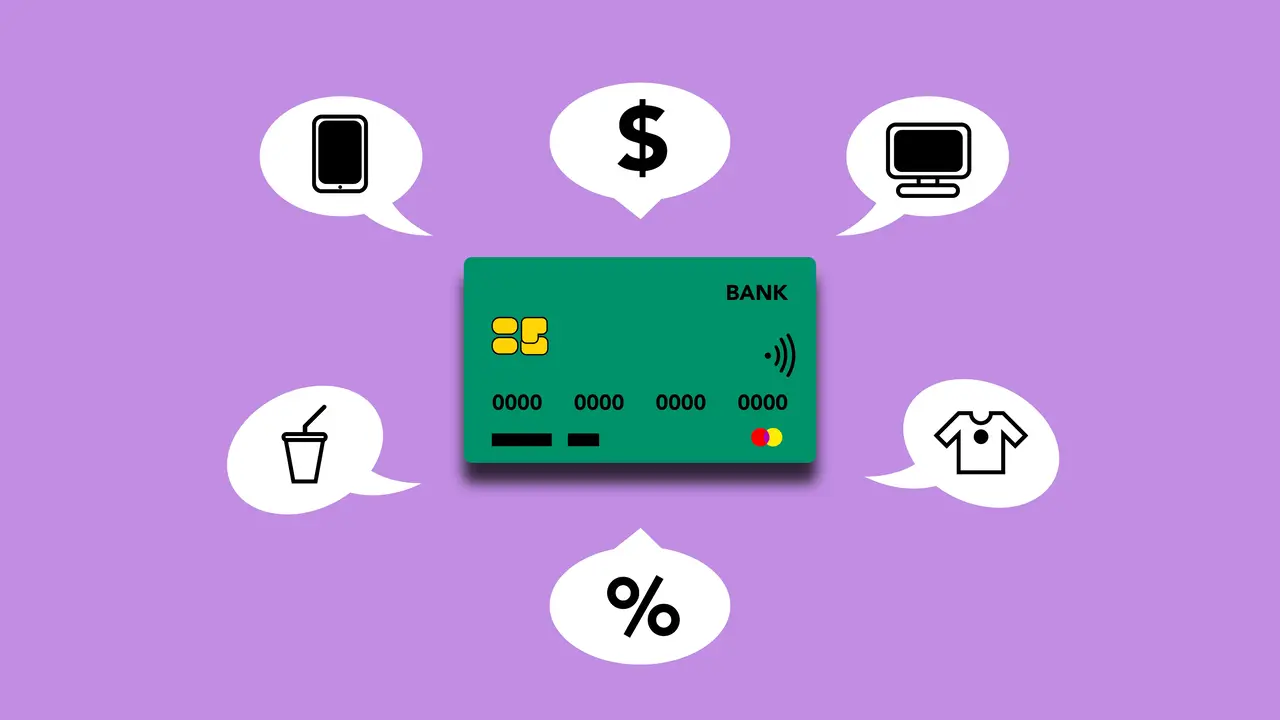Unlocking Business Potential: Low-Code and No-Code Development Explained
- 16 October 2023
With the rise of technology, more and more businesses are turning to software development to help streamline their processes. But with so many programming languages and frameworks out there, it can be difficult to know where to start. That's why low-code and no-code development is becoming increasingly popular--it allows you to create functional applications without needing an extensive coding background. In this article, we'll dive into what these two terms mean, as well as how you can get started with each one.
What is Low-Code and No-Code Development?
Low-code and no-code development are methods of creating software applications without writing code. Low-code development platforms provide a graphical user interface (GUI) that allows users to drag and drop pre-built components to create an application. No-code development platforms provide a GUI as well, but also allow for some custom code to be written when needed.
Both low-code and no-code development can be used to create simple applications quickly and without the need for expensive and time-consuming professional coding skills. However, more complex applications will likely require at least some amount of coding.
If you're interested in trying out low-code or no-code development, there are a number of different platforms available, such as Appian, Bizagi, OutSystems, and Zoho Creator. Many of these platforms offer free trials, so you can try them out before committing to one.
Pros and Cons of Low-Code and No-Code Development
The popularity of low-code and no-code development platforms is on the rise, as they offer a faster and easier way to develop applications without having to write code. However, there are both pros and cons to using these platforms.
On the plus side, low-code and no-code platforms can be used to quickly develop prototypes or MVPs with little upfront investment. They can also be used by non-technical users to build simple applications without any coding knowledge. Additionally, these platforms often come with a wide range of built-in features and integrations, which can save time and money when compared to custom development.
However, there are also some drawbacks to using low-code and no-code platforms. For example, if you need to build a complex application or one with custom features, you may need to hire a developer anyway. Additionally, because these platforms are visual in nature, it can be difficult to troubleshoot errors or debug code. And finally, if you decide to switch platforms or vendors down the line, you may have difficulty migrating your data and applications over.
So ultimately, it's important to weigh the pros and cons of using a low-code or no-code platform before making a decision. If you're looking for a quick and easy way to develop simple applications without any coding knowledge, then a low-code or no-code platform may be right for you. However, if you need to build a complex application with custom
Popular Platforms for Low-Code/No-Code Development
There are a number of popular platforms for low-code/no-code development, each with its own advantages and drawbacks. Here are some of the most popular options:
1. Appian: Appian is a low-code platform that enables businesses to quickly develop and deploy custom applications. It offers a wide range of features and plugins to make development faster and easier, and includes built-in tools for managing application data and processes. However, Appian can be expensive to use, and its learning curve can be steep for newcomers.
2. Mendix: Mendix is another popular low-code platform that helps businesses quickly develop custom applications without the need for coding. It offers an intuitive drag-and-drop interface that makes development easy, even for those with no coding experience. Mendix also includes built-in collaboration tools so teams can work together on app development projects. However, like Appian, Mendix can be expensive to use, and its learning curve may be steep for some users.
3. OutSystems: OutSystems is another low-code platform that enables businesses to quickly develop custom applications without needing to code from scratch. It offers an intuitive visual programming model that makes it easy to create complex applications without writing any code. OutSystems also includes prebuilt application templates and modules so you can get started quickly, and has built-in tools for managing application data and processes. However, OutSystems can be expensive to use,
How to Get Started with Low-Code/No Code Development
Whether you’re a seasoned developer or just getting started, low-code/no-code development platforms offer a faster, easier way to build software applications. With a low-code/no-code platform, most or all of the coding is done for you – you just need to drag and drop pre-built blocks of code, or enter a few lines of code, to create an app.
There are many different low-code/no-code development platforms available, so it’s important to choose one that’s right for your needs. If you’re not sure where to start, here are a few tips:
1. Define your requirements. What kind of app do you want to build? What features does it need to have? Answering these questions will help you narrow down your options and find a platform that offers the right tools and capabilities.
2. Do your research. Once you know what you need, take some time to research different low-code/no-code development platforms. Read reviews, compare features, and try out free trials (if available) to get a feel for each one.
3. Consider ease of use. A low-code/no-code platform should be easy to use, even if you don’t have any coding experience. Look for platforms with intuitive interfaces and plenty of documentation and tutorials to help you get started.
4. Make sure
Examples of Projects Built with Low/No Code
There are a number of different types of projects that can be built using low/no code development platforms. Some common examples include:
-Websites: Low/no code development platforms can be used to build simple websites or more complex web applications.
-Mobile apps: These platforms can be used to develop both native and hybrid mobile apps.
-Desktop applications: Low/no code platforms can also be used to create desktop applications.
-IoT applications: Internet of Things (IoT) applications can be developed using these platforms.
Choosing the Right Platform
The first step in low-code and no-code development is choosing the right platform. There are many different platforms available, each with its own strengths and weaknesses. It's important to choose a platform that will be able to support the type of development you want to do.
If you're just getting started with low-code or no-code development, it might be a good idea to choose a platform that is easy to use and has a lot of resources available. Platforms like Appian and Mendix are popular choices for beginners.
If you're more experienced with coding, you might want to choose a platform that gives you more control over the development process. Platforms like OutSystems and Salesforce Lightning are good choices for experienced developers.
No matter what your level of experience, it's important to choose a platform that is right for the specific project you're working on. Take the time to research the different options and find the one that will best suit your needs.
Conclusion
Low-code and no-code development is a great way for companies to quickly create applications without having to hire extra manpower. This type of development can also be used for prototyping, as well as creating production-ready apps in shorter timeframes. Whether you have coding experience or not, there are many tools available that make it easy to get started with low-code and no-code development. With the right toolset at your disposal, you can build apps faster than ever before!
Power Your Business with Smart AI Solutions
Contact Us Schedule a ConsultationRecent Posts

Building a Scalable SaaS Architecture

Optimizing Banking using AI and Predictive Analysis

Neobanks & Technology: Disruption in Banking Industry

The ultimate guide to Product Design Process
Contact us
Contact us right now and let us be your reliable partner for developing enterprise & web apps.
Contact Us
